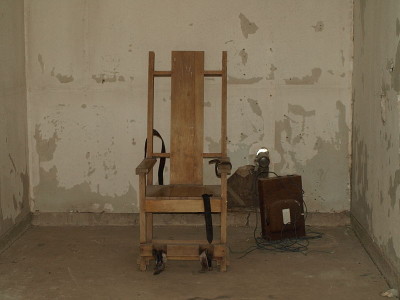For several decades the United States stood alone among industrialized country in still allowing criminals to be put to death. In the last 20 years, as more and more nations have abandoned the death penalty as barbaric—140 at last count—the United States finds itself on a rapidly shrinking list that includes China, Iran, Yemen and Saudi Arabia.
Within the United States, the South has embraced the death penalty most aggressively. And within the South, according to the Equal Justice Initiative, Alabama stands out with a death-sentencing rate nearly four times greater than Texas and over six-and-a-half times greater than Louisiana and Georgia.
Alabama is the only state in the country that permits judges, without limitation, to override a jury verdict of life without parole and impose a death sentence. Which means that an elected judge who almost always campaigns on his or her vigorous support for the death penalty and promises to facilitate and expedite executions in order to win votes, can overrule juries that often sift through evidence and listen to cross-examinations of witnesses for weeks.
The results are predictable. Since 1976, Alabama judges have rejected sentencing recommendations from capital juries 110 times. In 100 of those cases, or 91 percent, judges imposed the death penalty after juries had recommended a life sentence.
And then there is the issue of race. None of Alabama’s 19 appellate court judges is black; only one of its 42 elected district attorneys is black. In a state with a population 27 percent black, 83 percent of the 763 people executed by Alabama since capital punishment began in this state have been black.





